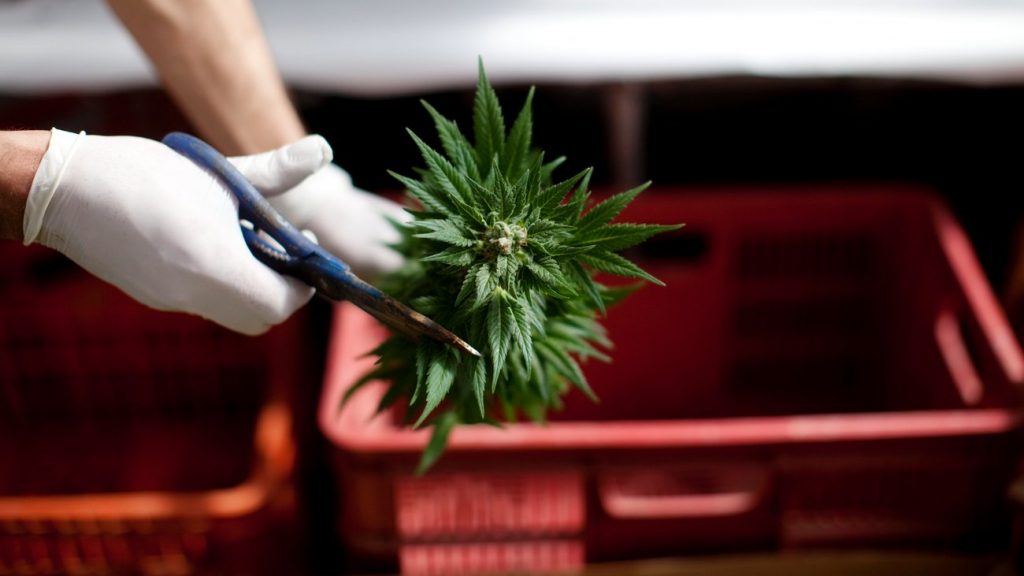
On June 11, the governor of Texas signed into law a bill meant to reform the state’s medical marijuana laws.
House Bill 1535 was approved and signed by Governor Greg Abbot to expand the Texas Compassionate Use Program (TCUP). TCUP is the state’s existing medical marijuana program.
Under the newly reformed program, more health conditions have been added, and the THC limit raised from 0.5 to 1 percent.
While Texas is one of the few states still struggling to embrace marijuana, at least for medical purposes, it has come a long way. (Texas is one of the states that didn’t legalize cannabis for recreational use, but it has a strict program for medical purposes)
Anyway, the newly passed reform will definitely be a huge relief to patients in need of the drug.
Question is, as a patient, how do you get your hands on a medical marijuana prescription?
Across the country, states are using the medical marijuana card system to provide prescriptions to qualified patients. To get registered for a medical marijuana card, patients have to get approved by a medical professional who has been licensed by the state.

How is the Approval Process in Texas?
Things are a bit different in Texas as there isn’t a medical marijuana card system in place. Instead, eligible Texans can consult doctors registered with the state’s Compassionate Use Registry (CURT), who may then approve or turn down the request for a prescription.
However, there’s no reason why you shouldn’t get approved for a medical marijuana prescription if you qualify.
Just follow these simple steps to get a medical marijuana prescription in Texas:

1. Find out if you’re Eligible
The first qualification requirement for a Texas medical marijuana prescription is being a Texas resident aged 18 years and above. That’s the major thing because you wouldn’t qualify unless you’re a legal resident.
The age factor isn’t entirely a barrier as you don’t necessarily have to apply for a prescription personally if you’re a minor. You may have your parent or legal guardian take care of the process on your behalf.
You also need to confirm that you do have one of the medical conditions recognized by the state. The compassionate use program has more than 200 conditions that qualify for medical marijuana. Here are some of the listed illnesses:
- Epilepsy
- Incurable neurodegenerative disorders
- Seizures
- Autism
- Multiple sclerosis and Lateral sclerosis
- Cancer
- Alzheimer’s
- Cerebral palsy
- Post-Traumatic Stress Disorder
There are many more diseases and conditions which qualify for medicinal marijuana treatment. Find out if you have any of those listed in the patients’ registry. Here’s the complete list of approved illnesses.

2. Book an Appointment
The next step is to book an appointment with a doctor registered under the marijuana program to offer prescriptions. Keep in mind that not every doctor can approve your eligibility or prescribe medication.
If you’re not sure how to go about finding the right doctor, don’t stress, it’s an easy process. With a few clicks, you can book your appointment with Veriheal and talk to a licensed medical marijuana doctor.

3. Prepare for the Evaluation
Once you’re matched with a doctor, you’ll take an online evaluation to prove your eligibility for cannabis treatment. Usually, it’s nothing big.
Your doctor will want you to provide information about the illness you have so that they can determine whether you meet the criteria for cannabis treatment.
You may be asked to show a medical diagnosis report. The doctor may also want to go through your medical background if it helps with the decision.
We suggest that you arm yourself with all the necessary documents that fully capture the extent of your condition. The last thing you want is to cast doubts on your situation and get turned down when you need and qualify for the treatment.
After evaluation, the doctor may provide a prescription. Depending on their assessment, they may offer recommendations on the form of treatment or dosages to help you benefit from medicinal marijuana.
Once you’ve been approved, your prescription goes to the Compassionate Use Registry. Any of the authorized dispensaries will be able to see and fulfill your prescription.

4. Get Your Medication
With your details entered into the state registry by the licensed doctor, the application process is done. From there, you’re only required to notify your preferred dispensary about your prescription.
The dispensary will check their system for your details and offer you a delivery option. You may choose to have your medication delivered to your doorstep, or you may go pick it up yourself.
At the moment, you can fill your prescription through one of the licensed dispensaries like Compassionate Cultivation, Knox Medical, and Surterra Wellness.
These dispensaries have a number of locations across the state, such as San Antonio, Dallas, Manchaca, Austin, Houston, and more.

How Much Marijuana Can You Legally Carry?
You can’t legally buy marijuana in Texas because it’s not legal. You can only get the drug through the medical program as a prescription, which has strict criteria for potency.
The marijuana offered under this program is pretty low in THC content at about 1 percent. The medication may come in the form of tinctures or lozenges. Basically, there’s nothing smokable, or edible for that matter.
About how much of the drug you’re allowed to hold, that depends on the dosage the licensed doctor recommended.
Conclusion
That sums up our step-by-step guide to getting a medical marijuana prescription in Texas.
If you believe you can benefit from cannabis and you have an approved health condition, consult a registered physician and start receiving medication.
You’ll also get all your questions answered during the consultation.
















